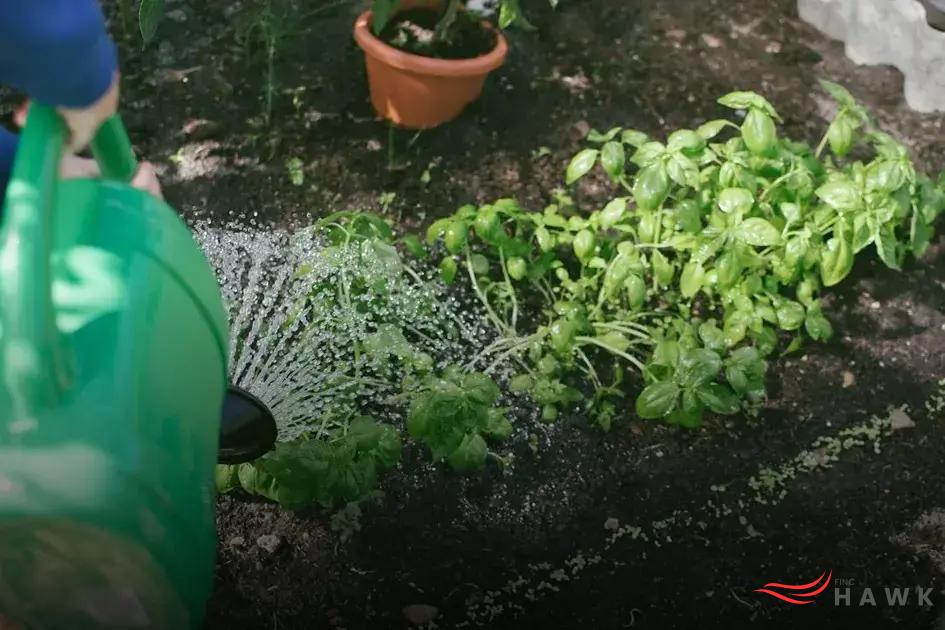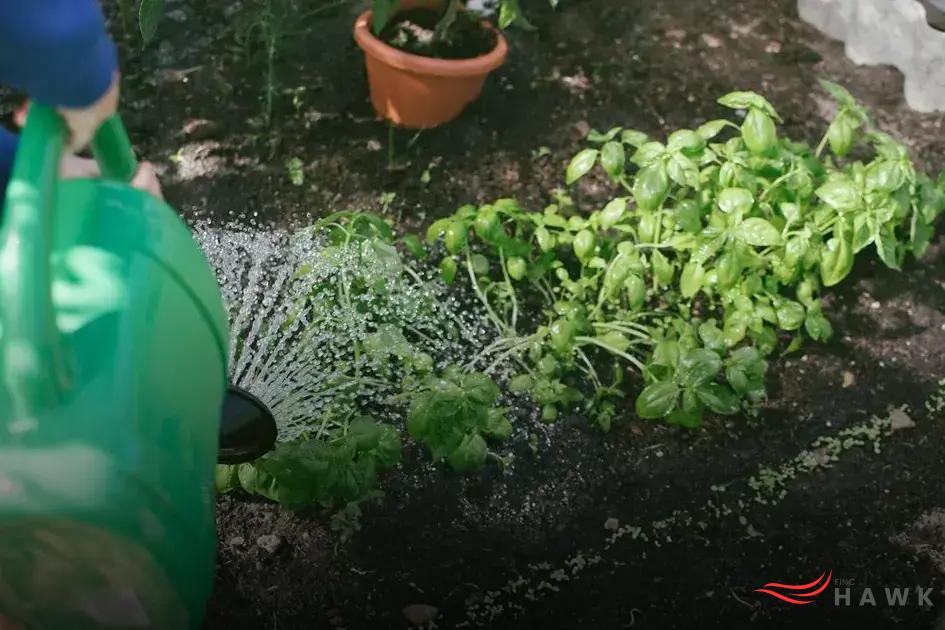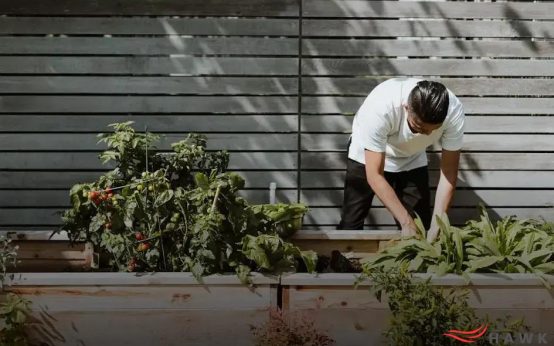Transforming your backyard into a thriving wildlife habitat is both rewarding and beneficial for the environment. By focusing on creating a wildlife habitat in your backyard, you’ll enjoy the sights and sounds of nature right at your doorstep. Our guide will walk you through the essentials, from choosing the right plants and providing water sources to ensuring your garden is a haven for local wildlife. This enlightening journey will connect you to nature and bring countless joys.
Choosing the Right Plants
When choosing the right plants for your wildlife habitat, consider selecting native species that thrive in your region. Native plants are adapted to local soil and climate conditions, which makes them easier to maintain and highly beneficial for local wildlife. They provide essential food sources such as seeds, fruits, and nectar, which attract different species of birds, bees, and butterflies.
Diverse Plant Structure
Incorporate a variety of plant sizes and types, including tall trees, shrubs, and groundcover. This layered approach creates a complex environment that offers shelter and nesting opportunities for various animals. Tall trees can house birds, while dense shrubs might provide cover for smaller mammals.
Flowering and Fruiting Plants
Include a mix of flowering plants to ensure blooms throughout the year. This continual flowering provides a consistent source of nectar for pollinators such as bees and butterflies. Similarly, plant a range of fruiting plants to offer berries and nuts during different seasons. Diversity in plant species ensures that your habitat supports wildlife year-round.
Water Requirements are another crucial factor. Group plants with similar water needs together to reduce irrigation efforts and conserve water. Look for drought-tolerant varieties if water is a limiting resource in your area. Implementing a rain barrel system can also supplement your garden’s water supply in an eco-friendly manner.
By prioritizing native and diverse plant choices, you create an attractive and functional environment that not only thrives with minimal intervention but also serves as a haven for a wide range of wildlife, enriching your backyard ecosystem.
Providing Water Sources

To effectively create a wildlife habitat in your backyard, providing diverse water sources is essential. Water is a vital resource for all forms of wildlife, serving as a drinking supply and a place for bathing and breeding. There are several creative ways to incorporate water into your habitat. Consider installing a small pond or water garden, which can attract frogs, insects, and birds. Ponds can be commercially bought or homemade using liners.
A birdbath is another simple yet attractive option. Place it in a visible but safe location to bring in various bird species. Birdbaths need to be cleaned regularly to prevent algae and diseases. Ensure the water is always fresh and filled.
Additionally, incorporating a dripping water feature can be beneficial. The sound of dripping water can attract birds from a significant distance. A shallow dish with stones or a small recirculating pump can create this effect.
For smaller spaces, even a simple bowl can serve as a makeshift water source for smaller creatures like insects and small mammals. Make sure that any setup you choose
caters to the needs
of different wildlife forms to ensure your backyard habitat thrives.
Creating Shelter Areas
In the process of Creating Shelter Areas, it is essential to consider the needs of various wildlife species. Shelter is a critical component of wildlife habitats as it provides animals with protection against predators and harsh weather conditions. Start by observing your backyard’s natural landscape. Identify existing elements such as trees, shrubs, and rock formations that can serve as natural shelters. Enhance these spaces by adding thickets of dense shrubs or creating small brush piles.
Utilize materials like logs, rocks, and dead leaves. These resources are excellent for crafting safe hideouts for small mammals, insects, and amphibians. Constructing a simple rock pile or a log pile can mimic natural crevices and burrows, which offer space for hibernation and nesting.
Consider creating designated areas that cater to different wildlife. For instance, birdhouses help attract diverse bird species by providing safe nesting sites. It’s important to place birdhouses at varying heights and orientations to accommodate different preferences.
Incorporate a mix of evergreen and deciduous plants. Evergreens provide year-round shelter, while deciduous plants offer seasonal variation. This diversity is essential for attracting varying wildlife depending on the season. Promote the natural growth of these plants by minimizing pruning and allowing them to grow in their natural form.
An essential tip is to avoid overly manicured landscapes. Keeping a part of your backyard slightly wild can significantly enhance its attractiveness to wildlife looking for shelter. By respecting and enhancing natural features, you create a welcoming environment that supports biodiversity.
Maintaining the Habitat

Once your wildlife habitat is established, consistent maintenance is vital for its success. Regularly inspect plants for signs of disease or pest infestations, as these can quickly spread and disrupt the ecosystem. Pruning overgrown areas not only promotes plant health but also ensures that sunlight reaches all parts of the habitat.
Keep water sources clean and free from debris to prevent contamination and encourage wildlife to visit. Remove leaves and algae, and periodically replace stagnant water with fresh water. This is crucial for attracting species like birds and amphibians.
Monitor the health of soil regularly. Mulching helps to retain moisture, suppress weeds, and enrich the soil. Use organic mulch materials to maintain ecological balance.
Invasive species can be detrimental to the habitat. Identify and remove invasive plants promptly to ensure native species thrive. Plant diversity is important, so consider replanting native species that are more suited to the local climate and ecosystem.
Adjust your maintenance routine seasonally. In autumn, clear fallen leaves strategically; leave some as natural mulch and wildlife shelters. In spring, prepare plants and soil for new growth.
Engage with your environment and learn from it. Observe which plants and structures attract the most wildlife and adapt your habitat to promote biodiversity. Creating a dynamic living space supports a wide range of species and contributes to the health of your backyard ecosystem.
Attracting Different Wildlife
Your backyard can become a haven for various wildlife species when you design it thoughtfully. By creating an inviting environment, you can attract different types of wildlife such as birds, butterflies, and small mammals.
To lure birds, consider adding bird feeders and water sources. Different birds prefer specific feeder types. For example, hummingbirds are attracted to sugary nectar feeders, while finches enjoy seed feeders. Position these feeders at various levels to accommodate ground-feeding, shrub-feeding, and treetop-feeding birds.
For butterflies, planting a variety of nectar flowers is crucial. Opt for native species like milkweed which attracts not only butterflies but also serves as a host plant for their larvae. Diverse blooms will ensure all-around activity, keeping your backyard lively.
To encourage small mammals such as squirrels and chipmunks, create natural shelter areas using woodpiles, rocks, or dense shrubs. These spots offer protection and nesting areas, making them irresistible retreats.
By thoughtfully combining various elements in your backyard, you can effectively create a diverse habitat that attracts a wide range of wildlife. The right plants, water features, and secure nesting spots work together to form a thriving ecosystem.





